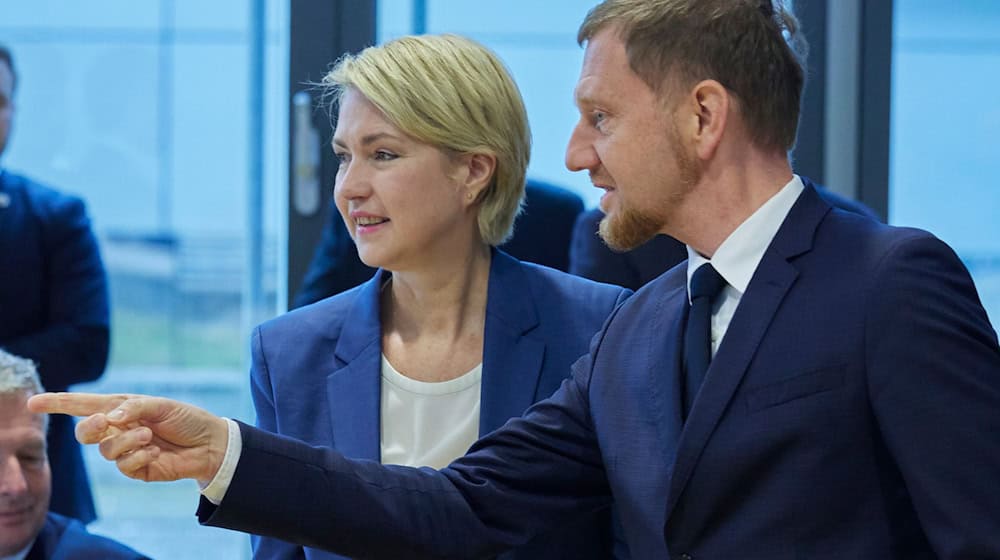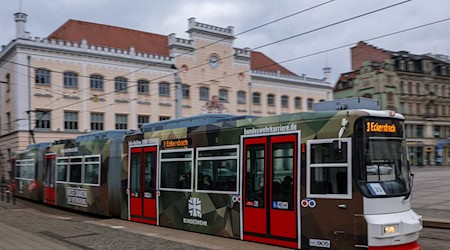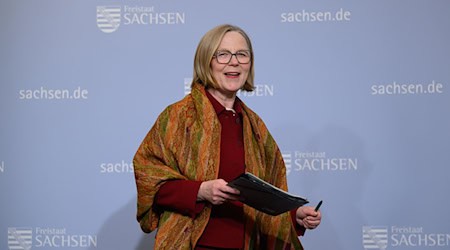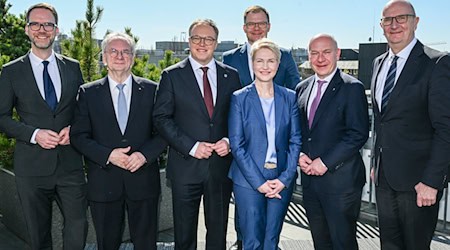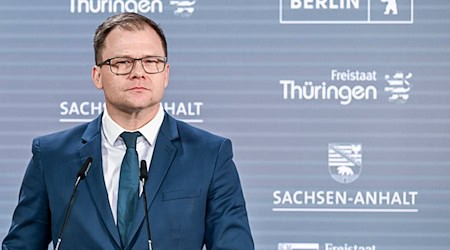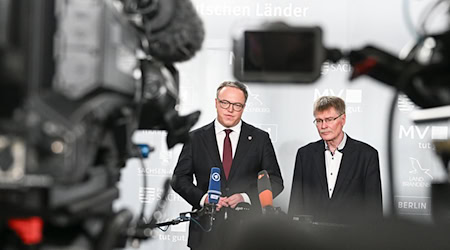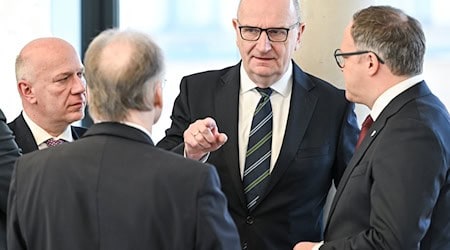Mecklenburg-Western Pomerania and Saxony have reason to rejoice together and also have joint plans. As announced by the State Chancellery in Schwerin, Minister President Manuela Schwesig (SPD) and her Saxon counterpart Michael Kretschmer (CDU) will take part in a meeting with stakeholders involved in Schwerin's World Heritage bid on Thursday at the castle. Afterwards, agreements on closer cooperation in tourism and the establishment of a research institute are to be signed in Rostock.
Joint joy over new World Heritage Sites
"Mecklenburg-Vorpommern has been included in the World Heritage List with the Schwerin Residence Ensemble and Saxony with the Moravian Church in Herrnhut. We are delighted about this together," Schwesig was quoted as saying in a press release. At its meeting in New Delhi on Saturday, the responsible committee of the UN Educational, Scientific and Cultural Organization placed the palace together with other stately buildings in Schwerin on the coveted World Heritage List, which also includes the Inca city of Machu Picchu in Peru, the pyramids of Giza and the Acropolis in Athens.
On Friday, the committee had already included the small Saxon town of Herrnhut as part of the settlements of the Moravian Church. "It's great that we can celebrate it together in Schwerin," emphasized Kretschmer. He also recalled the Saxons' preference for vacationing on the Baltic Sea. "We love being guests here," assured the Saxon head of government.
Research alliance planned
However, the cooperation and friendship between the two countries goes beyond tourism. "We are united by a strong focus on science and research," explained Kretschmer, referring to the cooperation between the University of Rostock and the Helmholtz-Zentrum Dresden-Rossendorf.
Experts from both institutions want to establish a joint institute dedicated to basic research in the field of nuclear fusion and plasma production using lasers. The two heads of state intend to sign a letter of intent to this end. The Helmholtz Center in Rossendorf, which was once the center of nuclear research in the GDR, says it now conducts application-oriented basic research in the fields of energy, health and matter with around 1500 employees.
Copyright 2024, dpa (www.dpa.de). All rights reserved

